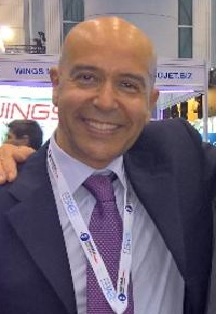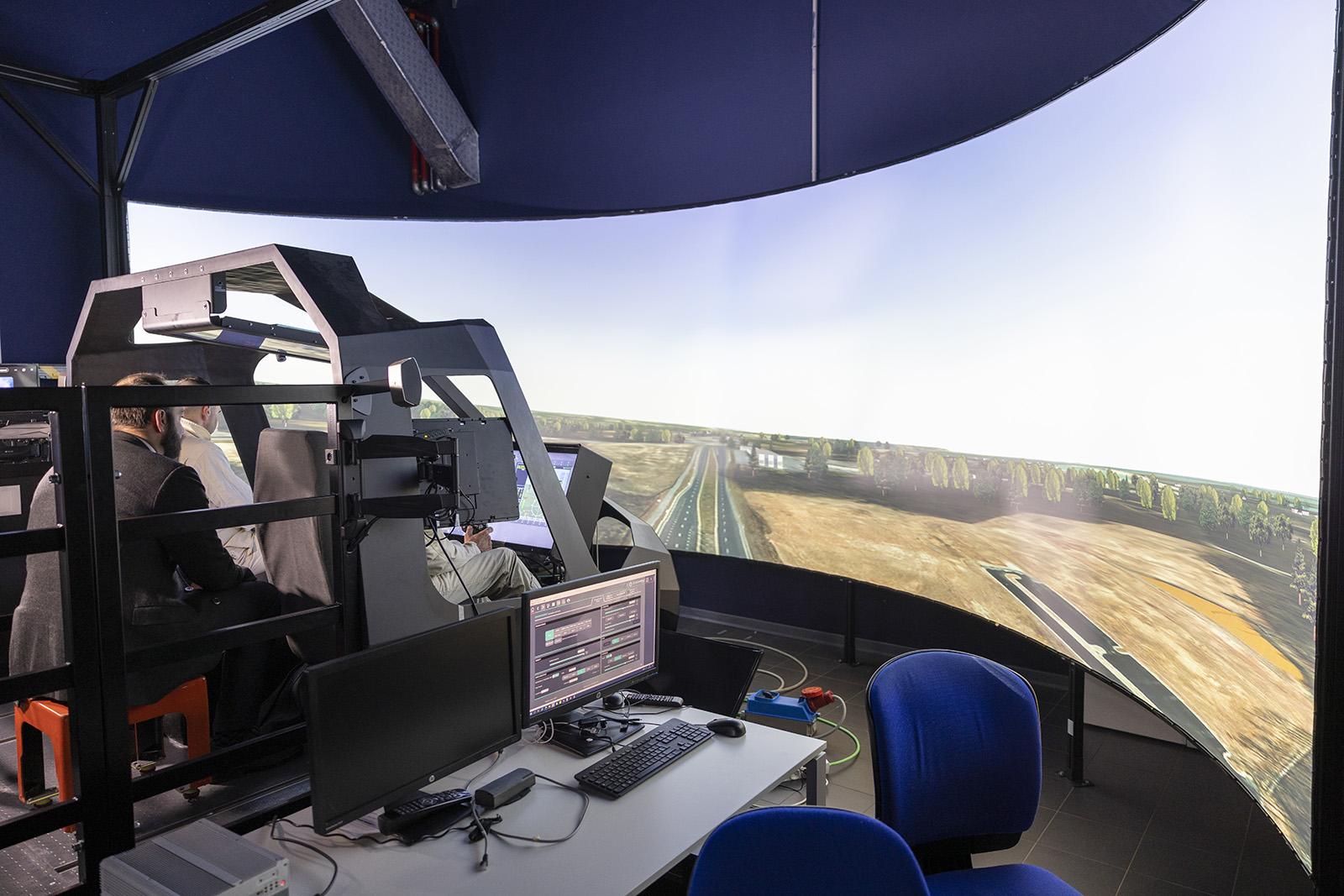Leonardo Advancing Simulation For Rotorcraft Development
Details
More Products & Services
Products & Services
Aerospace | Aviation Week Network
Aviation Week Network
https://aviationweek.com/themes/custom/particle/dist/app-drupal/assets/awn-logo.svg
Home - Aviation Group Marketing
Aviation Week Network
120 data points on over 156,000 commercial and business aviation aircraft, including military transports. Discover the most trustworthy resource for the complete aircraft history, plus ad hoc reports, month-over-month trend analysis and details on expected deliveries through 2050.
People

Andrea Rossi Prudente
Aviation Week Network

Anthony Lim
Aviation Week Network
Sales director

Becca Balmes
Aviation Week Network

Belinda Tan
Aviation Week Network

Brian Everstine
Aviation Week Network
Editor

Eddie Krankowski
Aviation Week Network
Assistant Manager, Tradeshows

erving dockery
Aviation Week Network

Lisa Tan
Aviation Week Network
Senior Marketing Manager

Mark Thomas
Aviation Week Network
Description
ATLANTA—Leonardo Helicopters is expanding its use of simulation to help accelerate the development of new capabilities, missions sets and rotorcraft concepts.
The efforts are linked to Leonardo's wider digitalization efforts across its business areas, which are enabling the company's engineers to iterate faster and reduce the cost of development.
Leonardo Helicopter's Development Simulation Laboratory, which has been developing its capabilities since 2020, is also boosting the “collective wisdom” of the company's design teams based across Europe, says Matteo Ragazzi, Leonardo Helicopters' engineering and innovation director. Staff are based in Germany, Italy, Poland, Switzerland and the UK.
“We are basically making the knowledge of a team available to another team,” Ragazzi tells Aerospace DAILY, detailing the company's efforts ahead of Helicopter Association International's Heli-Expo being held in Atlanta, Georgia, on March 7-9.
A key component of the Development Simulation Laboratory is being able to use Leonardo's supercomputer, the davinci-1, located in Genoa, Italy. The company claims the system is one of the most powerful supercomputers in the aerospace, defense and security sector.
The way the supercomputer is networked from various locations means that engineering teams in Germany have also been able to make use of davinci-1's simulation capabilities to support research projects there.
“With a supercomputer you increase your firepower in terms of simulation in the capability to integrate systems so you don't have to oversimplify the modelling to run it in a decent time,” Ragazzi says.
Use of davinci-1 means that more complex rotorcraft systems can be modeled, well before they are created in hardware, Ragazzi says, leading to more system maturity before they fly.
“I like to say that we don't want to fly to find out, but to verify,” he adds.
Leonardo has so far used the system for human-machine interface development and the integration of advanced functions, but also modeling aeroelasticity and aerodynamic interactions, thermal transfers and platform-handling qualities.
The efforts are taking more risk out of development programs as they allow engineers to iterate more rapidly and save on cost because there is less need to fly to test those changes, Ragazzi says. Time savings currently are negligible as the simulation work tends to frontload a project, but they will follow, he says.
“With this simulation capabilities you understand there are different ways of doing the same thing, you can also experiment much faster and on a broader scale,” Ragazzi says. “It has allowed us to develop a new mindset and explore areas that were less of an interest a few years ago.”
Leonardo has been using the simulation efforts recently to develop new capabilities for the AW169 twin-engine intermediate-medium platform, but Ragazzi says the systems are now being used to explore new product concepts without proceeding to fully fledged development.
Five of these concepts are in the works, Ragazzi says. Some are concepts while others are being developed to a detailed design level, he says.
More recently the Development Simulation Laboratory has been used to undertake some tactical and scenario-based simulations, modeling levels of autonomy and cooperation between platforms. The effort is also supporting Leonardo Helicopters' work into developing more efficient trajectories of flight—what Ragazzi describes as “eco-modes.”
“This capability is a dramatic change,” Ragazzi says. “There's a lot of discussions about the future of vertical lift ... but the ability to correctly simulate and predict correctly eliminates perceived opinion and gives us real decision making capability... This level of fidelity is a precious asset.”
The efforts are linked to Leonardo's wider digitalization efforts across its business areas, which are enabling the company's engineers to iterate faster and reduce the cost of development.
Leonardo Helicopter's Development Simulation Laboratory, which has been developing its capabilities since 2020, is also boosting the “collective wisdom” of the company's design teams based across Europe, says Matteo Ragazzi, Leonardo Helicopters' engineering and innovation director. Staff are based in Germany, Italy, Poland, Switzerland and the UK.
“We are basically making the knowledge of a team available to another team,” Ragazzi tells Aerospace DAILY, detailing the company's efforts ahead of Helicopter Association International's Heli-Expo being held in Atlanta, Georgia, on March 7-9.
A key component of the Development Simulation Laboratory is being able to use Leonardo's supercomputer, the davinci-1, located in Genoa, Italy. The company claims the system is one of the most powerful supercomputers in the aerospace, defense and security sector.
The way the supercomputer is networked from various locations means that engineering teams in Germany have also been able to make use of davinci-1's simulation capabilities to support research projects there.
“With a supercomputer you increase your firepower in terms of simulation in the capability to integrate systems so you don't have to oversimplify the modelling to run it in a decent time,” Ragazzi says.
Use of davinci-1 means that more complex rotorcraft systems can be modeled, well before they are created in hardware, Ragazzi says, leading to more system maturity before they fly.
“I like to say that we don't want to fly to find out, but to verify,” he adds.
Leonardo has so far used the system for human-machine interface development and the integration of advanced functions, but also modeling aeroelasticity and aerodynamic interactions, thermal transfers and platform-handling qualities.
The efforts are taking more risk out of development programs as they allow engineers to iterate more rapidly and save on cost because there is less need to fly to test those changes, Ragazzi says. Time savings currently are negligible as the simulation work tends to frontload a project, but they will follow, he says.
“With this simulation capabilities you understand there are different ways of doing the same thing, you can also experiment much faster and on a broader scale,” Ragazzi says. “It has allowed us to develop a new mindset and explore areas that were less of an interest a few years ago.”
Leonardo has been using the simulation efforts recently to develop new capabilities for the AW169 twin-engine intermediate-medium platform, but Ragazzi says the systems are now being used to explore new product concepts without proceeding to fully fledged development.
Five of these concepts are in the works, Ragazzi says. Some are concepts while others are being developed to a detailed design level, he says.
More recently the Development Simulation Laboratory has been used to undertake some tactical and scenario-based simulations, modeling levels of autonomy and cooperation between platforms. The effort is also supporting Leonardo Helicopters' work into developing more efficient trajectories of flight—what Ragazzi describes as “eco-modes.”
“This capability is a dramatic change,” Ragazzi says. “There's a lot of discussions about the future of vertical lift ... but the ability to correctly simulate and predict correctly eliminates perceived opinion and gives us real decision making capability... This level of fidelity is a precious asset.”

Share
Recent Chats
Share via email
Future: handle WhatsApp here
Future: handle LinkedIn here
Future: handle Twitter here
SUBMENU HERE
Share via Chat
Copy Link

